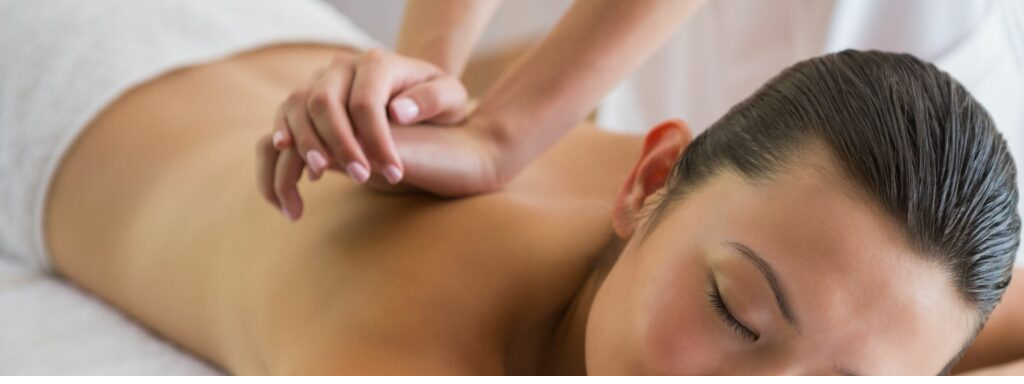What is Tui Na ?
Tui Na is part of the energetic massages. It aims to rebalance and harmonise the vital energy (Qi) throughout the body in order to set in motion the body’s natural self-healing processes and relieve pain.
The approach is methodical and structured and is characterised by over 300 different manipulations performed with the hands, forearms and elbows, but also sometimes with the knees and feet. These manipulations include various types of pressure, rolling, passive joint mobilisation and pinching.
A few words on the history of Tui Na
Together with acupuncture, Chinese dietetics and pharmacopoeia, as well as energy exercises (e.g. Qi Gong, Tai Chi), Tui Na is considered one of the five branches of traditional Chinese medicine. The approach is thousands of years old and was historically used in the treatment of childhood diseases and digestive disorders.
The oriental technique is based on the theory of the meridians, the channels that allow energy to pass through the body. The idea is that by applying the various manipulations characteristic of Tui Na along the meridians, it is possible to stimulate energy points and thus reharmonise the circulation of Qi and blood. In this way, the body is able to heal itself more easily.
What are the benefits of Tui Na ?
The approach has been used for thousands of years in China to treat various health problems. It is said to have beneficial effects in particular in the presence of
- Musculoskeletal disorders
- Digestive disorders
- Respiratory disorders (e.g. asthma)
- Reproductive system disorders (e.g. premenstrual syndrome, primary dysmenorrhea, amenorrhea)
The following are some of the benefits that may result from a Tui Na session:
- Improved energy flow in the meridians, which helps the body’s self-healing processes to take place
- Relief of pain, especially pain associated with musculoskeletal disorders
- Possible restoration of muscle and ligament function
- Relaxation
*Tui Na is not considered a relaxation massage per se. Indeed, the approach is rather dynamic and usually targets a physical problem or a specific need. Nevertheless, many people will come away from a session with a feeling of fullness and relaxation.
Contraindications
As with other massage techniques, Tui Na is contraindicated in the presence of certain health conditions, for example
- Active infection
- Fever
- Wounds or lesions on the skin
- Fracture
- Heart or circulatory disease (e.g. phlebitis)
The massage therapist will also pay special attention to chronic diseases and conditions that cause the client to be very weak. Examples include anaemia, menstruation (for women) or cancer associated with severe fatigue. In the presence of such a condition, the massage therapist may decide to postpone the appointment so as not to overload the body already lacking energy. In some cases, a doctor’s authorization may be required.
It should be noted that the massage therapist always collects information from the client before starting the session. This information will be used, among other things, to identify any contraindications to the approach. In doing so, the massage therapist may refer the client to the appropriate medical resource or adjust the treatment accordingly to ensure safety.
Course of the session
A Tui Na session can take place on a chair, on a massage table or on a futon. The massage therapist works over the client’s clothing and does not normally use any oil.
The massage therapist will begin the session by gathering information about the person’s general state of health, which will allow him or her to adapt the intervention. To do this, the therapist will ask the client to fill in a health questionnaire and will interview the client in order to determine his or her needs and to identify any contraindications to Tui Na. Particular attention will be paid to the different systems (respiratory, nervous, reproductive, etc.) in order to detect energy imbalances.
Once the client is settled, the massage therapist will choose the appropriate protocol and manipulations according to the problem and the imbalances identified in order to restore the energy currents in the meridians. Throughout the treatment, the practitioner will vary the rhythm and level of pressure during the manipulations and will adapt to the person’s tolerance. Continuous feedback between the massage therapist and the client is essential. The effect of a Tui Na massage can be felt immediately after the treatment and in the days that follow.
A Tui Na session lasts from 30 to 60 minutes, depending on the protocol established by the massage therapist. More than one appointment may be necessary depending on the client’s problem.


